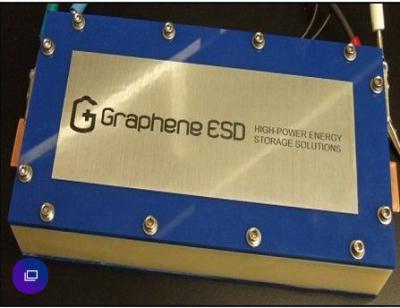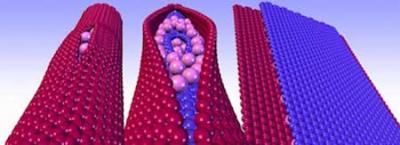Haydale expects to turn profitable in 2017, acquires US-based silicon carbide whisker manufacturer ACMC
 Haydale reported its financial results for FY2016 (which ends in June) - the company's revenues increased to £1.92 million (up 30% from £1.48 million in 2015) - and pre-tax losses increased by the same 33% to £4 million, from £3 million in 2015.
Haydale reported its financial results for FY2016 (which ends in June) - the company's revenues increased to £1.92 million (up 30% from £1.48 million in 2015) - and pre-tax losses increased by the same 33% to £4 million, from £3 million in 2015.
In 2015, Haydale increased its staff from 32 to 46 and R&D expenses were around £1 million. Haydale expects to turn a profit in FY2017.






